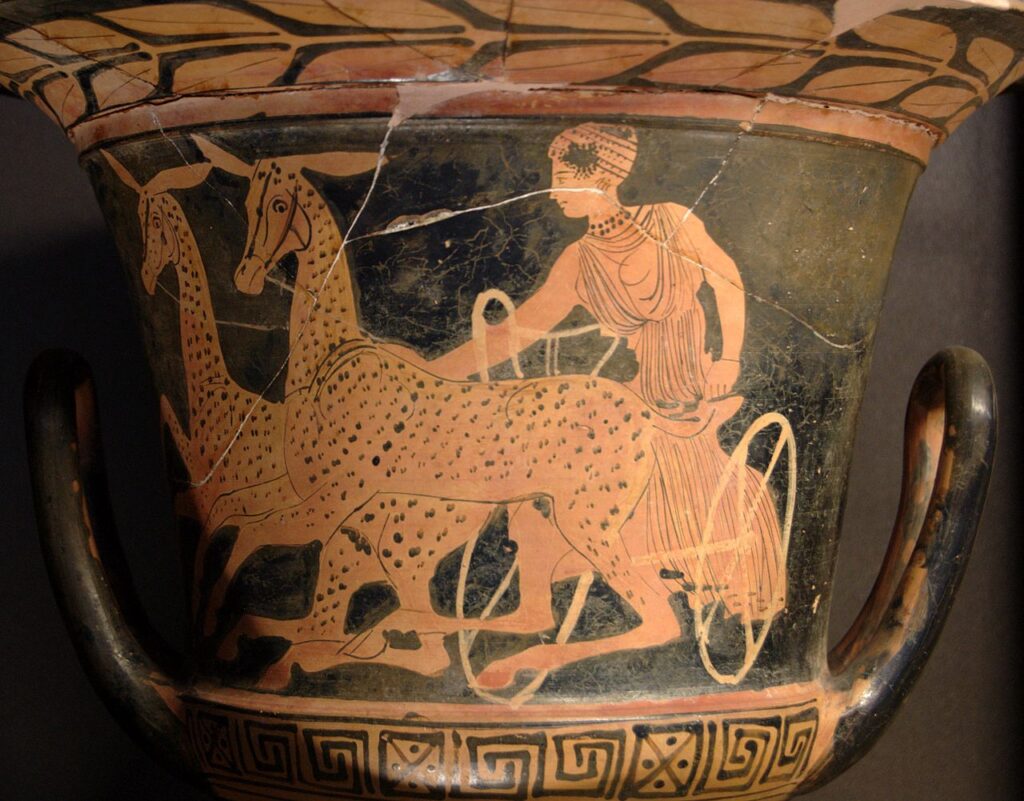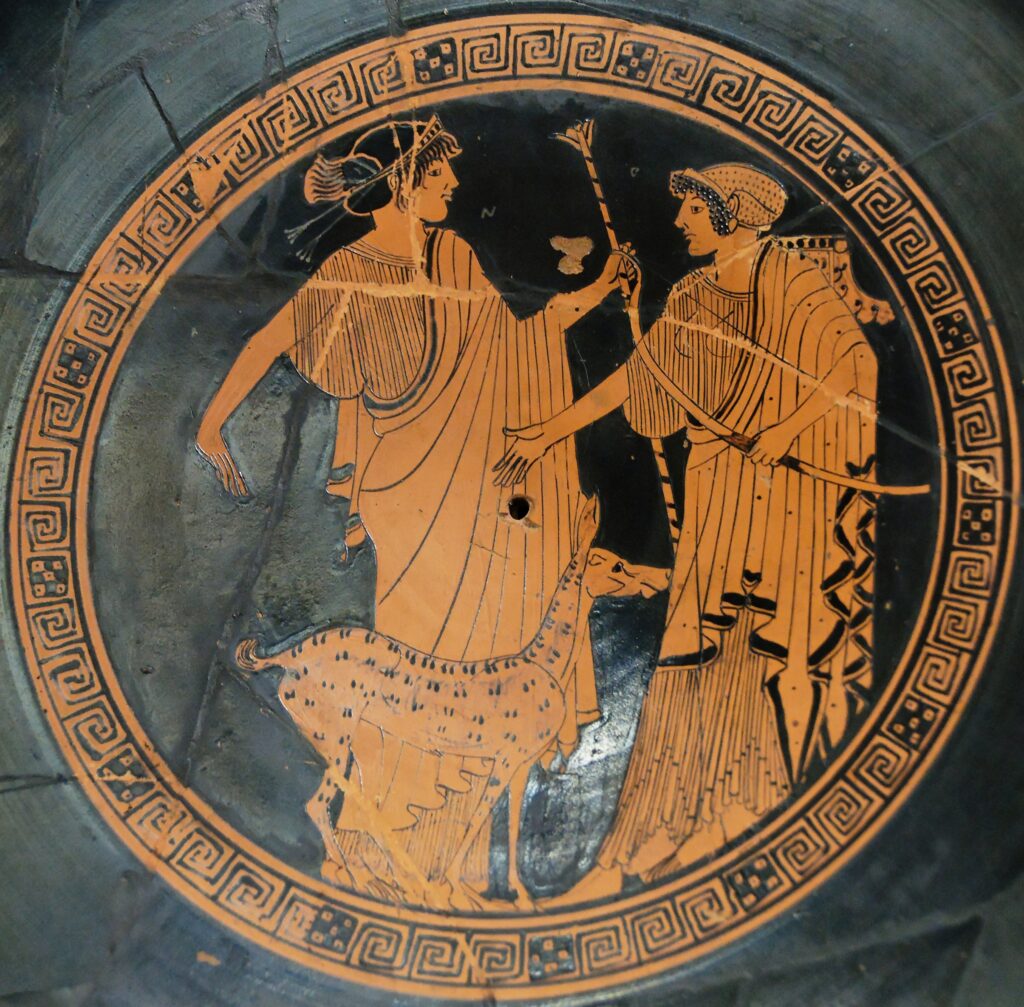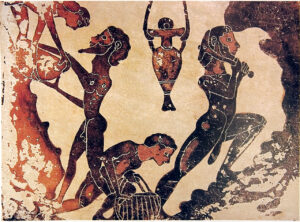Artemis was one of the twelve Olympian gods and goddesses in ancient Greek mythology. She is celebrated as the goddess of hunting, wildlife, and the moon. This goddess has been depicted in various forms, ranging from the virgin huntress to the nurturing mother, and has been worshiped by both men and women throughout the ancient Greek world. In this article, we will study the history of Artemis and her significance in ancient Greek culture.
Origin and Family
Artemis was the daughter of Zeus, the king of the gods, and Leto, a Titaness. She was born on the island of Delos and was the twin sister of Apollo, the ancient Greek god of the sun, prophecy, and music. She was a fearless and powerful goddess, known for her skill as a hunter, her love of wildlife, and her ability to protect women and young girls. She was also associated with the moon and was considered the goddess of childbirth and midwifery.
She was known for her independence and was often associated with wild animals and the wilderness. As well, she was viewed as the goddess of childbirth, and women would invoke her protection during labor.

Role in Ancient Greek Mythology
Artemis played a significant role in ancient Greek mythology, appearing in numerous stories and legends. She was often depicted as a huntress, armed with a bow and arrows, and was considered the protectress of the wilderness and all living creatures within it. She was often depicted as a fierce hunter and was accompanied by a pack of hunting dogs.
One of the most famous stories about her is the story of Actaeon. Actaeon was a hunter who accidentally stumbled upon Artemis while she was bathing in a pool. In punishment for spying on her, she turned Actaeon into a deer, and he was unfortunately killed by his own hunting dogs.
Worship of Artemis in Ancient Greece
She was an important goddess in ancient Greek religion, and her cult was widespread throughout the Greek world. She was associated with many important cities, such as Ephesus, which was home to one of the Seven Wonders of the Ancient World, the Temple of Artemis.

Significance of Artemis
Her significance can be seen in the many works of art and literature that have been inspired by her over the centuries. She continues to be a popular figure in modern culture and her name has been used for many scientific and technological projects, such as NASA’s Artemis program, which aims to return humans to the Moon in 2024. Artemis was also known as Diana in Roman mythology, and her cult was also widespread in Roman world. She was the goddess of the moon, wilderness, hunting and childbirth.
She is considered one of the most powerful and important figures in ancient Greek mythology, and her significance as a protector of women and wildlife continues to inspire people all over the world.







